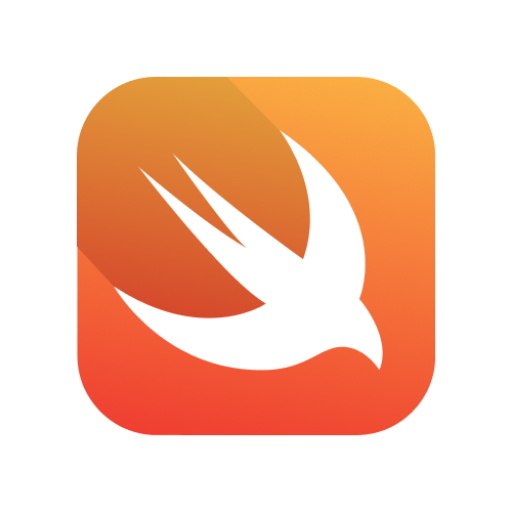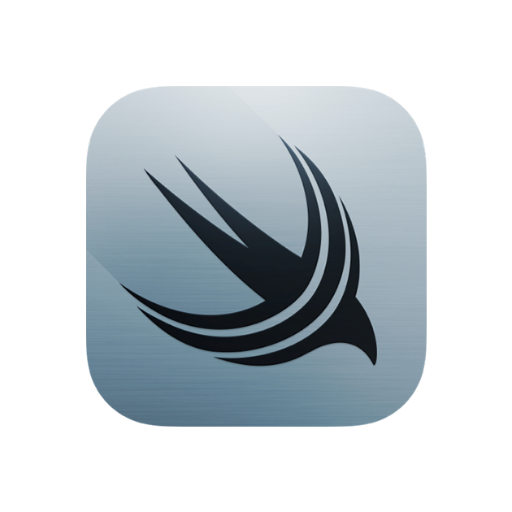iOS Swift-AI-driven iOS Swift Assistant
AI-powered Swift Assistant for Developers
¿Cómo estructuro una app en SwiftUI?
¿Puedes explicar el patrón MVVM?
¿Cómo aplico principios SOLID en iOS?
¿Cuándo debería usar UIKit en lugar de SwiftUI?
Related Tools
Load More
Advanced Swift Assistant
A friendly Swift programming assistant, ready to assist you.

Apple Swift Complete Code Expert
A detailed expert trained on all 60,001 pages of the Apple Swift programming language, offering complete coding solutions. Saving time? https://www.buymeacoffee.com/parkerrex ☕️❤️
Swift Missy (SwiftUI/UIKit & Documentation)
Friendly Swift Coding Assistant

SwiftUI Helper
I provide up-to-date SwiftUI code solutions, including 2024 updates.

IOS
Upload a screenshot or image and turn it into iOS code.

Apple SwiftData Complete Code Expert
A detailed expert trained on all 1,401 pages of Apple SwiftData, offering complete coding solutions. Saving time? https://www.buymeacoffee.com/parkerrex ☕️❤️
20.0 / 5 (200 votes)
Introduction to iOS Swift
iOS Swift is a powerful, modern programming language designed by Apple specifically for iOS, macOS, watchOS, and tvOS development. It emphasizes safety, performance, and expressiveness. Swift integrates seamlessly with Apple's development ecosystem, enabling developers to create high-performance apps with less code, greater safety, and robust modern features. Swift was designed with simplicity in mind, reducing boilerplate code while still providing the power needed for complex applications. Examples include the ease of managing memory through Automatic Reference Counting (ARC) and using Swift's optionals to handle nullability safely. A typical scenario is developing an iOS app using SwiftUI, where the language's expressive syntax allows developers to describe user interfaces declaratively, making it easier to create adaptive and dynamic UI elements.

Key Functions of iOS Swift
Declarative Syntax with SwiftUI
Example
Building a dynamic and responsive user interface using SwiftUI's declarative syntax.
Scenario
A developer is creating a news app where the layout needs to adapt automatically to different screen sizes and orientations. By using Swift's declarative syntax in SwiftUI, the developer can define UI components as functions of their state, ensuring the interface updates smoothly when the underlying data changes.
Memory Management with ARC
Example
Managing object lifecycle with Automatic Reference Counting to prevent memory leaks.
Scenario
In a resource-intensive game app, a developer needs to ensure that memory is managed efficiently. Swift's ARC automatically tracks and manages the app's memory usage by deallocating objects that are no longer needed, thus avoiding memory leaks that could cause the app to crash.
Optionals for Safe Handling of Nullability
Example
Using optionals to safely unwrap values and prevent runtime errors.
Scenario
While developing a weather app, a developer must handle cases where certain data, like a user's location, might be unavailable. By using Swift's optional types, the developer can write code that safely unwraps these values, providing default values or alternative logic when data is nil, thereby preventing the app from crashing due to unexpected nil values.
Target User Groups for iOS Swift
Professional iOS Developers
These users are experienced developers who create complex, high-performance apps for Apple's platforms. They benefit from Swift's robust features, such as its type safety, powerful error handling, and high-performance execution. Swift allows them to write more concise and expressive code, enabling faster development cycles while maintaining high standards of app performance and security.
Beginner Programmers and Students
Swift is also ideal for beginners due to its readability and interactive nature. Apple's Swift Playgrounds provides an environment where newcomers can learn to code in Swift interactively, making it a great tool for students and educators. The language's simplicity does not compromise its power, allowing beginners to transition smoothly from learning to building fully functional applications.

How to Use iOS Swift Effectively
Visit aichatonline.org for a free trial
Access the platform at aichatonline.org where you can start using iOS Swift without the need for login or a ChatGPT Plus subscription.
Ensure you have the necessary prerequisites
Before diving in, make sure you have a basic understanding of Swift programming and iOS development. Familiarity with Xcode and SwiftUI or UIKit is highly recommended.
Explore common use cases
Identify how iOS Swift can assist you in tasks such as app development, debugging, or learning Swift programming concepts. The tool is versatile and can be used in both professional and educational settings.
Leverage advanced features
Take advantage of iOS Swift’s capabilities by integrating it into your development workflow. Use it for generating code snippets, solving complex programming problems, or getting guidance on best practices in iOS development.
Optimize your experience
Continuously explore new ways to use iOS Swift by staying updated with the latest features and enhancements. Regularly visit the platform’s community forums or help sections to maximize your productivity.
Try other advanced and practical GPTs
Logotyper
Create Stunning Logos with AI Precision

Business Management IA Evaluator and Mentor
AI-Powered Business IA Enhancement

Indonesia GPT Chat
AI-powered chat tool for comprehensive responses.

Fact Extractor
Extract essential facts with AI precision.

Musica AI
AI-Powered Music Creation Simplified

DOI Finder
AI-powered DOI retrieval and citation tool

Flyer Forge AI *Now Powered By Keymate.AI 128k*
AI-Powered Custom Flyer Design

Flyer Design Pro
AI-Powered Event Flyer Designs

Présentation et Slides
AI-powered presentations, simplified and effective.

BetterGPT
AI-Powered Solutions for Every Task

ROOM レビューマスター
AI-Powered Reviews for Smarter Shopping

MeanGPT
AI-powered tool for sarcastic humor

- Code Debugging
- App Development
- Workflow Integration
- Advanced Features
- Swift Learning
Detailed Q&A About iOS Swift
What can iOS Swift assist with in app development?
iOS Swift provides guidance on writing Swift code, debugging issues, and implementing design patterns like MVVM. It also offers suggestions for optimizing your code and helps you adhere to best practices in iOS development.
Can iOS Swift help with learning Swift programming?
Yes, iOS Swift is an excellent resource for learning Swift. It can generate code examples, explain Swift syntax, and provide exercises to practice key concepts, making it a valuable tool for both beginners and advanced learners.
Is iOS Swift suitable for both SwiftUI and UIKit?
Absolutely. iOS Swift supports development in both SwiftUI and UIKit, offering specific advice and code snippets for each framework, ensuring that you can work efficiently regardless of the technology stack you're using.
How does iOS Swift integrate into a developer's workflow?
iOS Swift can be seamlessly integrated into your workflow by using it as a coding assistant, debugging tool, or a resource for learning new features in iOS development. It helps streamline processes by providing on-the-spot solutions and insights.
Does iOS Swift support advanced iOS features?
Yes, iOS Swift is capable of handling advanced iOS development tasks such as implementing Core Data, working with animations, or integrating third-party libraries, making it a comprehensive tool for professional developers.